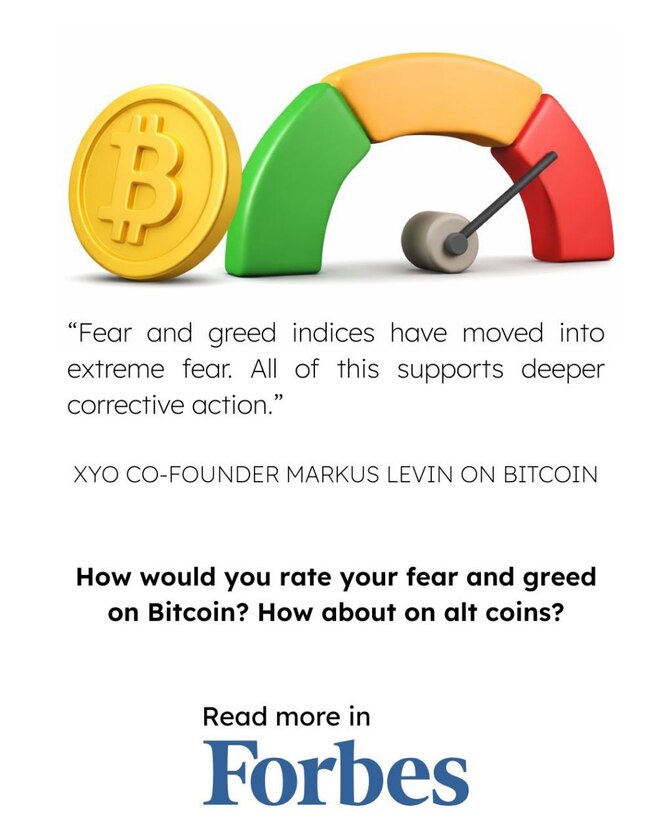You may have never heard the term ‘expiring money’. Expiring money is basically money that comes with an expiration date. In other words, on a certain date in the future, it’s value will fall to zero.
According to the World Bank Blog (Part 1 and Part 2), expiring money is programmable money. It can transfer ownership, transfer value and be redeemable at a maturity date.
In ‘Expiring Money (Part 1)’ the authors Bossone and Faragallah expound on a few more of the applications of this utility:
…’Programmable money could eventually allow for far-reaching scenarios where the government limits access to scarce resources, applying dynamic fees on the use of, say, electricity or tolled roads, based on their usage or carbon emission measurements, and attaching pay-per-use systems to houses and cars, as discussed by Casey (2020).’…
One could also envision the powers that be using this technology to limit availability to buy food or to shut out certain persons from buying food altogether. After seeing people lose livelihoods because they refused to take the jab, it is not hyperbole to assume that access to food could be modified because an individual didn’t agree with the unilateral authoritarian control directive that would be enforced through an expiring monetary ‘smart contract’.
Use your imagination. From toll roads to electricity to housing availability, there is almost no end to the restrictions that a totalitarian authority could place on its populace through the application of ‘expiring money’.
The authors of the aforementioned World Bank Blog have said as much:
…’This could be very useful for central banks and governments distributing aid to people during severe recessions or events like pandemics or calamities, when higher uncertainty makes people spend less.’…
When economic and geo-political situations become insecure for the average person, they reduce their spending and save more because they are less assured of what tomorrow brings.
Author Mike Maloney has described this as an end game scenario of a dollar collapse in Episode 7 of his hit video series ‘The Hidden Secrets of Money’. Please consider watching the 1/2 hour video. For a synopsis of this concept you may watch minutes 22 to 28:30 in the video.
When the economy is unstable and the currency is weakening, the average person reduces their spending, even in the face of tax cuts and other policies that would put money in their pocket. They basically hold onto more of their money for longer (i.e. under the mattress). It is then that Uncle Sam will have to resort to drastic measures known as ‘helicopter money’ to print and give the populace enough money to get them to spend it in order to stimulate economic activity by increasing the velocity of money.
When he released Episode 7 of his video series 6 years ago, Mike Maloney composed a masterful look at how the endgame of the destruction of the greenback will play out. There is however one issue that not even Mr. Maloney considered. That is the potential for the additional weaponization of the currency through the use of ‘expiring money’.
Of course, money with an expiration date will be sure to help achieve the goal of the acceleration of the turnover of money in the economy. That is what the money printers objective will be. After all, who will let their money go to a value of zero when they can at least buy a bobble or a radish with it? The use of the ‘expiring money’ will at least temporarily stabilize the currency to some degree. But only for a while. Before too long, everyone will realize that the money is literally worth nothing. Then they will spend all of the ‘expiring money’ as soon as it is received which will cause a hyperinflationary spiral of prices higher to levels that people will not be able to comprehend. Then, even the ‘expiring money’ will be worthless.
At that point they will concede that the game is over and the country will have to issue a currency based on something that is real. Something of value. A currency based on commodities that have real utility in the life of a person who must operate in a real world.
Unfortunately for the money printers in the US and the bloggers at the World Bank, someone is creating a currency based on commodities (like gold) that have value. They are called the BRICS (Brazil, Russia, India, China and South Africa) nations. It is not something that is coming in the future. It is something that is happening now.
Gold is the Nemesis of the PetroDollar.
The PetroDollar gets its name from Saudi Arabia (SA) agreeing to sell oil to the world denominated only in US Dollars and in return, SA received military protection from the US. After the messy exit of the US from Afghanistan in 2021 that deal basically came to a close.
In a recent post by Dr. Stephen Leeb, Ph.D. He opined about the importance of Xi’s trip to Saudi Arabia in the context of the rise of a new world reserve currency:
…’Honestly, I’ll be very frank with you. I thought gold was going to definitely break $1600 and go somewhere into the $1500s but it stopped when there was more news that Xi Jinping was going to visit Saudi Arabia. This really made it much more apparent that something was up. The key to the petrodollar country, like all the other Arab countries, is gold. Xi Jinping making a trip there would undoubtedly seal the deal of a potential BRICS alliance. If that’s the case, then the beginning of the end of the petrodollar is upon us… And a new BRICS gold backed reserve currency will rise like a phoenix from the ashes.’…
So it is now evident that the US Dollar is going to have a big chunk taken out of its monetary a$$. What does that mean for Americans?
You may have worked for 30-50 years squirreling away all of your savings in dollar denominated assets. When the US dollar starts to capitulate and capsize what will happen to the value and purchasing power of those same dollar denominated assets? When the BRICS nations roll out a gold-linked or a gold-backed world reserve currency, who will want dollar denominated assets?
When there are no international buyers for US debt (Treasuries), what will happen to the price of dollar denominated assets? When you pinch and hold onto every penny that you can get your hands on and you see your financial future sliding into the abyss, then the money printers will issue you your stipend of ‘expiring money’ to grease the wheels of the economy. Then after they spend their new and soon to be worthless money, Joe and Jolene Six Pack will realize that those dollar denominated assets now cannot support their ability to pay the bills and the whole system grinds to a halt.
Then the money printers will have no other alternative but to turn to an asset (i.e. gold/precious metals/commodity) backed currency like their competitor, the BRICS, has already done.
Of course, the BRICS nations will be light years ahead and thriving in the light of prosperity and relatively even weights and measures so even the emerging market economies in the BRICS are thriving. By the way, the price of gold and other precious metals will likely be light years ahead of where they are now as well.
Meanwhile, the average American will be financially devastated and will never recover. If only they would have seen the light and invested even a relatively small amount of their assets into precious metals they might have retained their purchasing power and would be able to carry on (this is not financial advice-consult a financial professional).
When the helicopters arrive in your neighborhood and start dropping ‘expiring money’ relief packages like so many MRE’s and chocolate bars over a war torn landscape, the opportunity to change the fortunes for you and your family have expired like the ‘expiring money’ that just hit the ground in front of you.
You could have bought some gold.
You could have bought some silver.
But instead you bought the line from the mainstream media. The ones who tell you the the economy is great and so is the job market. The same ones that told you that the jab was safe and effective.
Will you wait until the US Dollar comes to be known as ‘Expiring Money’ or will you wise up like the BRICS nations and base your financial future on precious metals that never expire (again, this is not financial advice)?



























